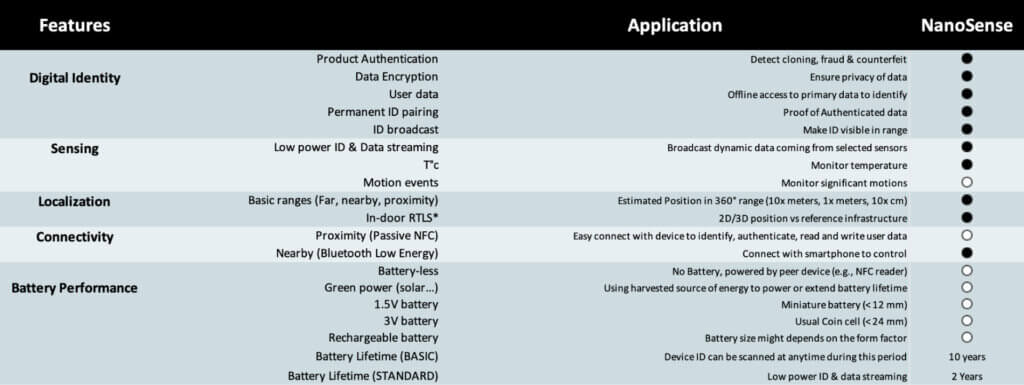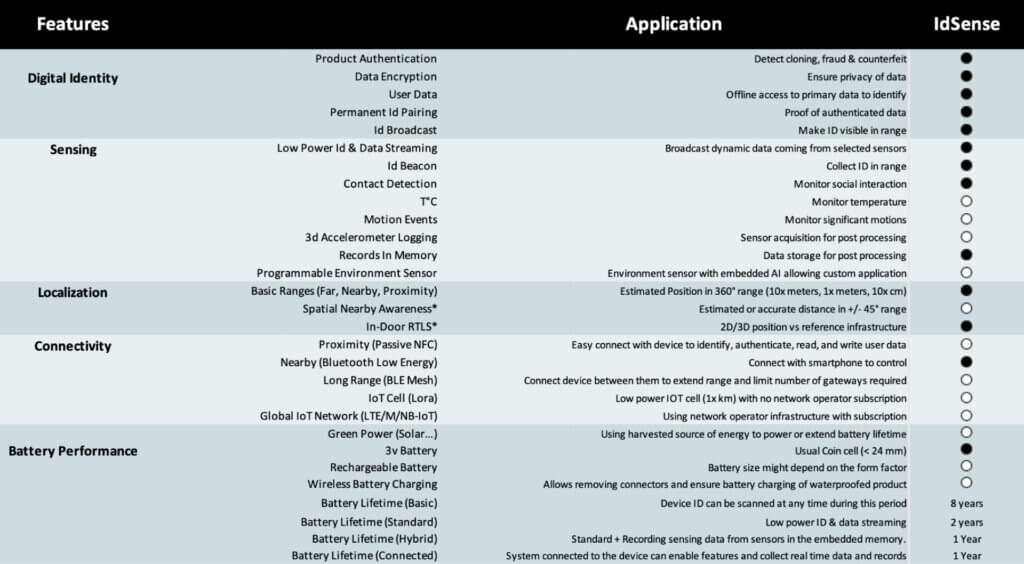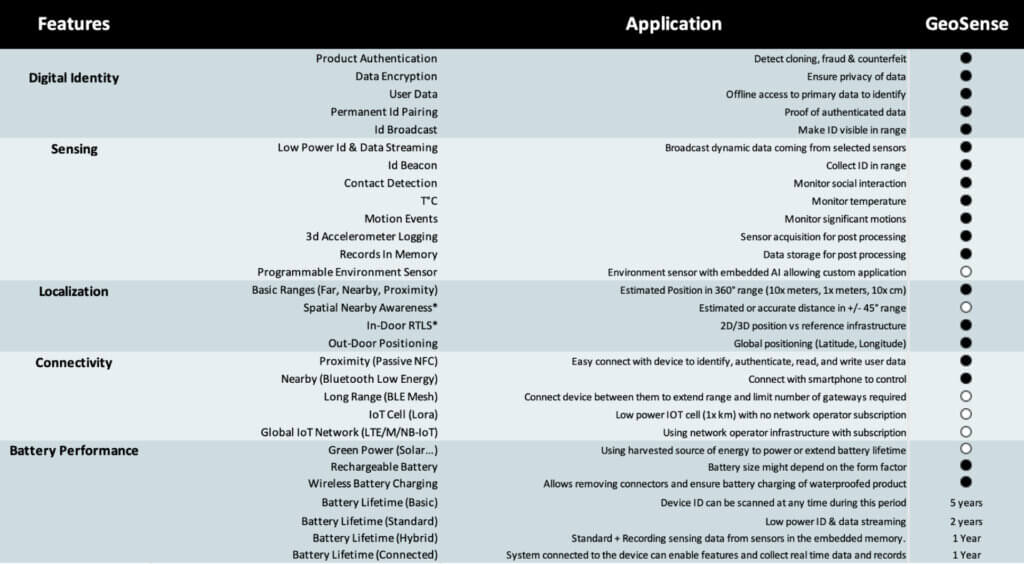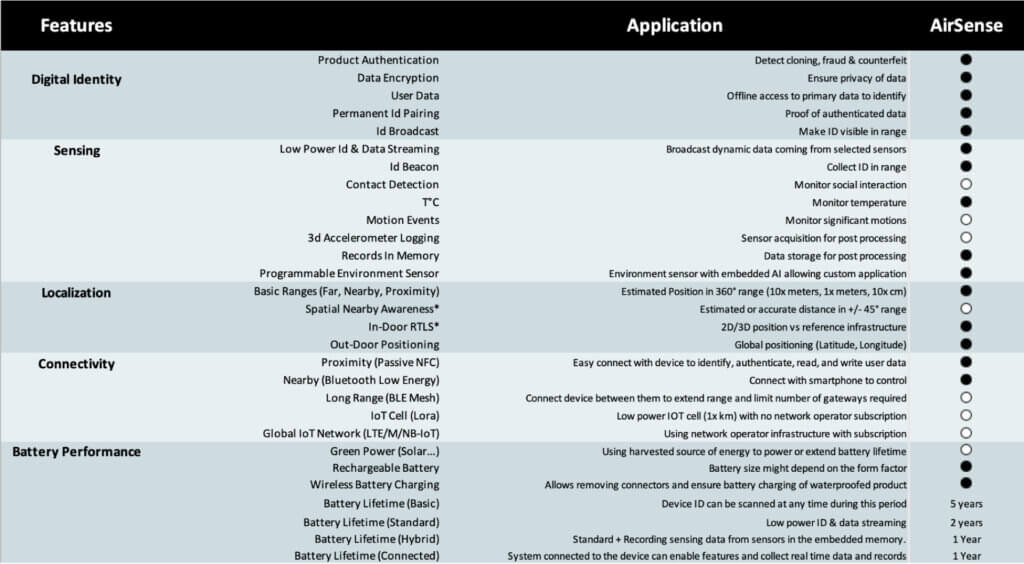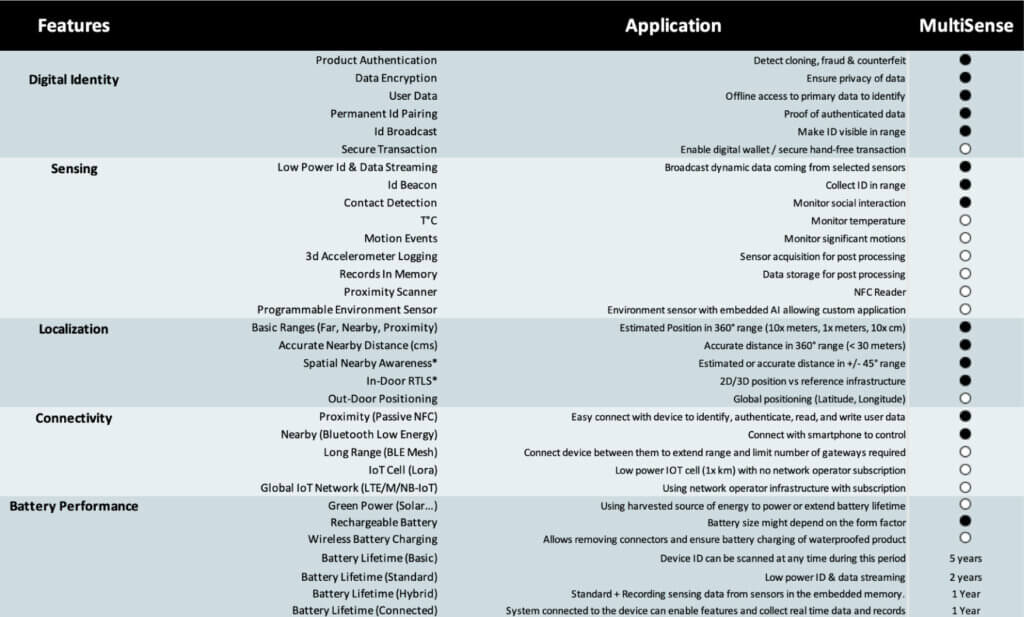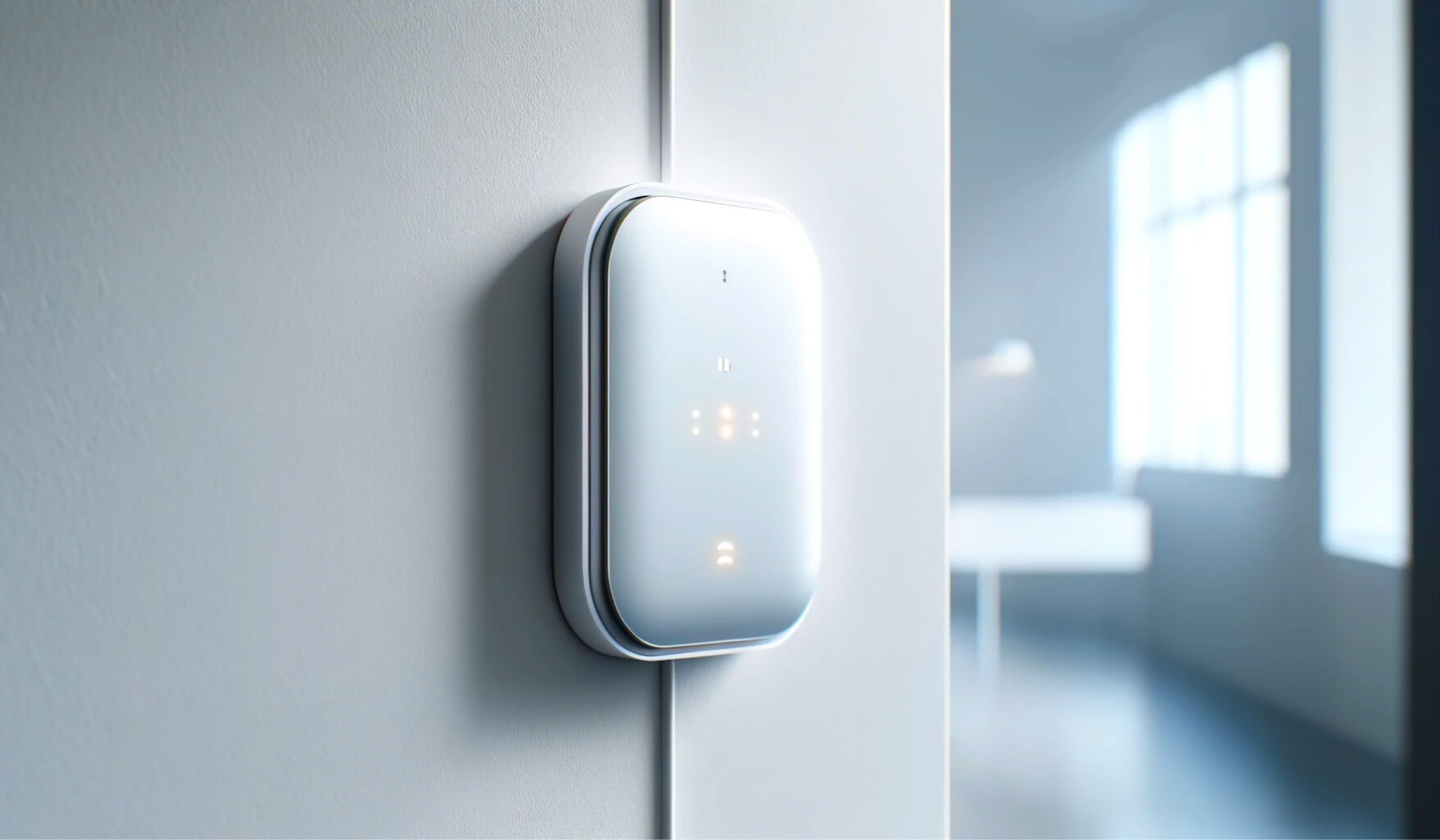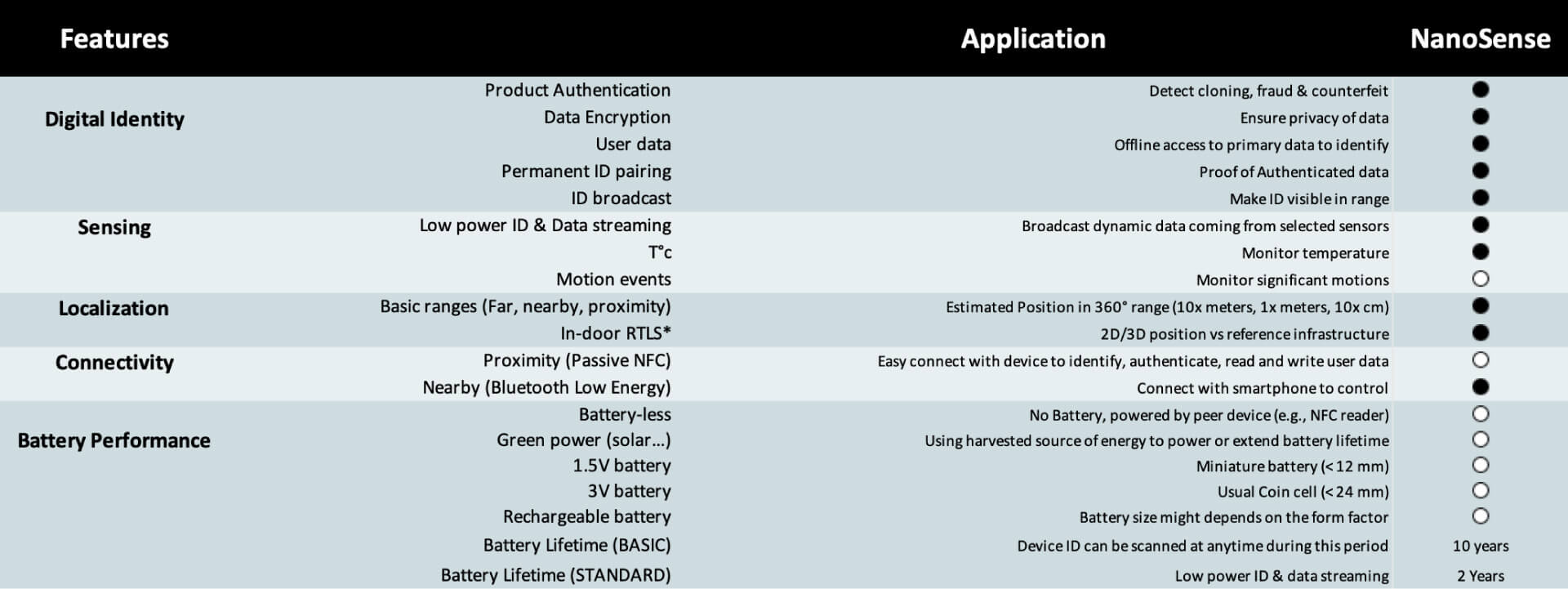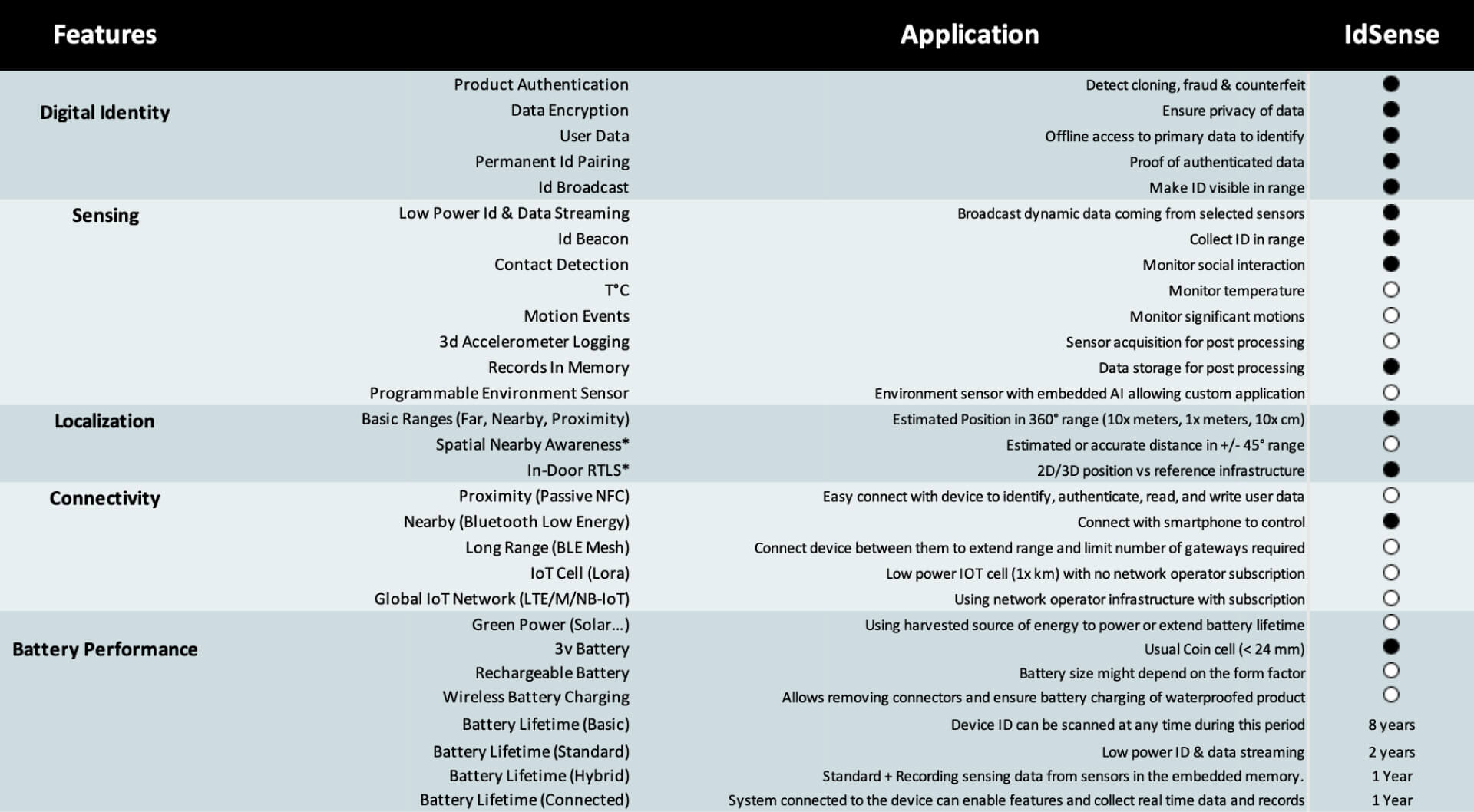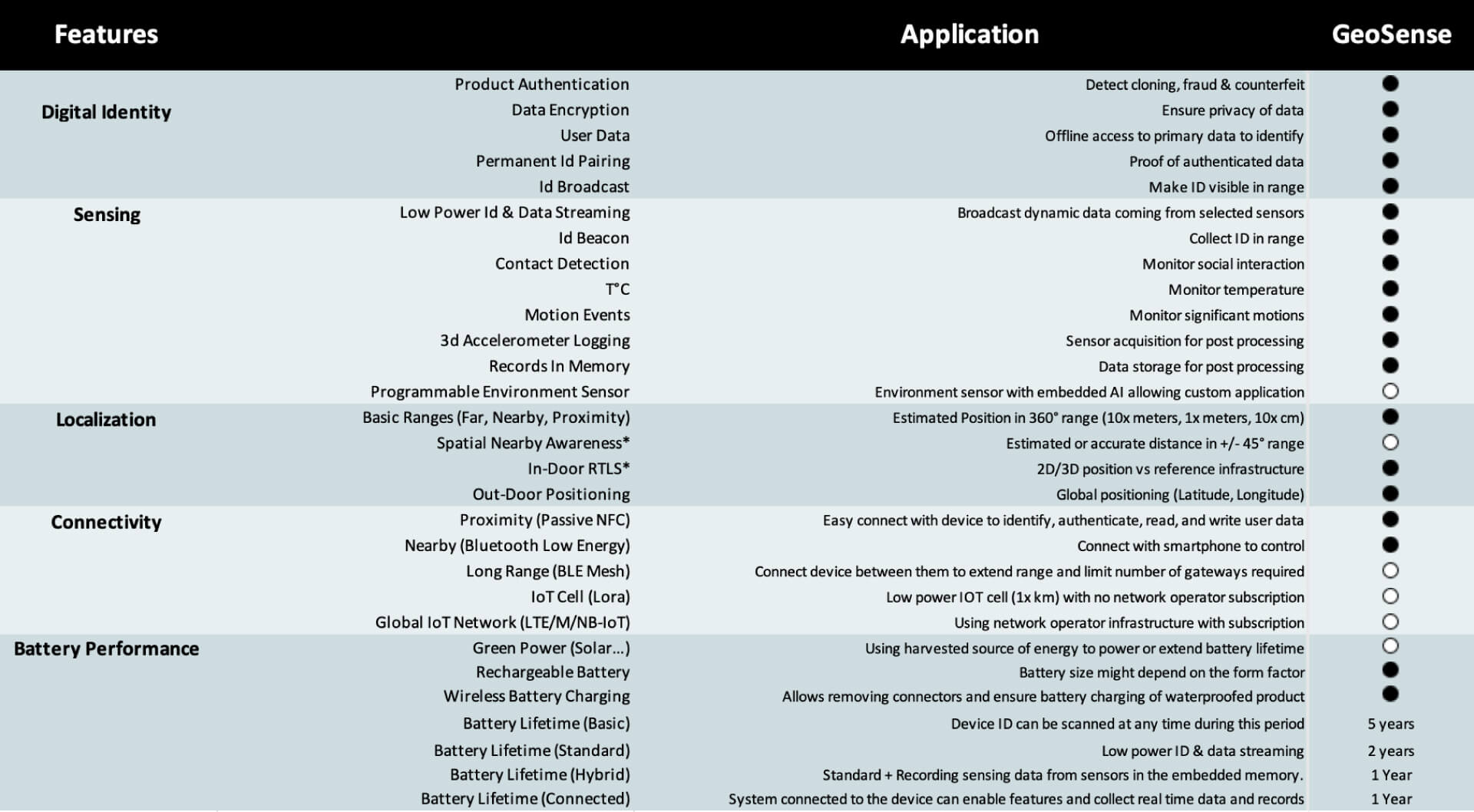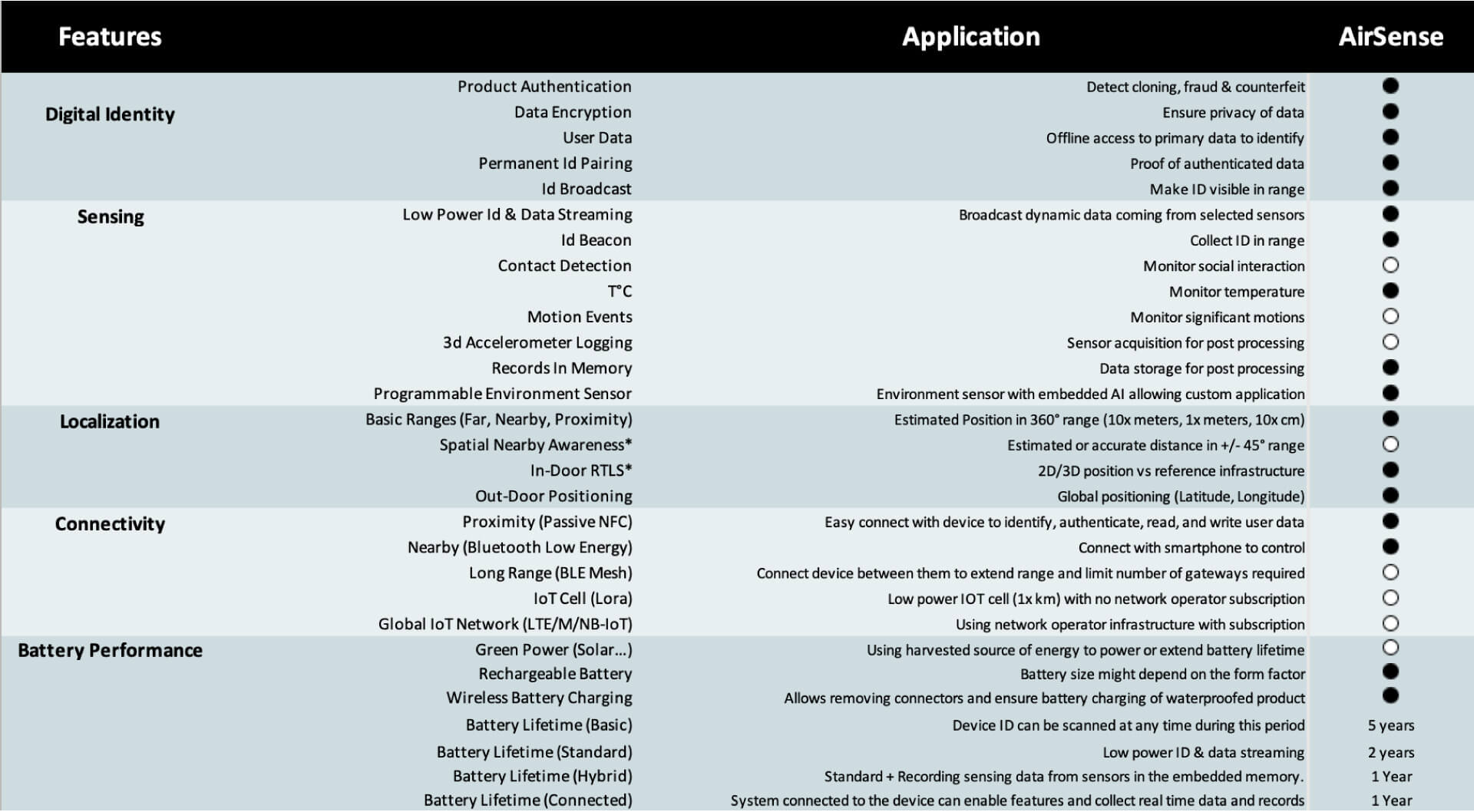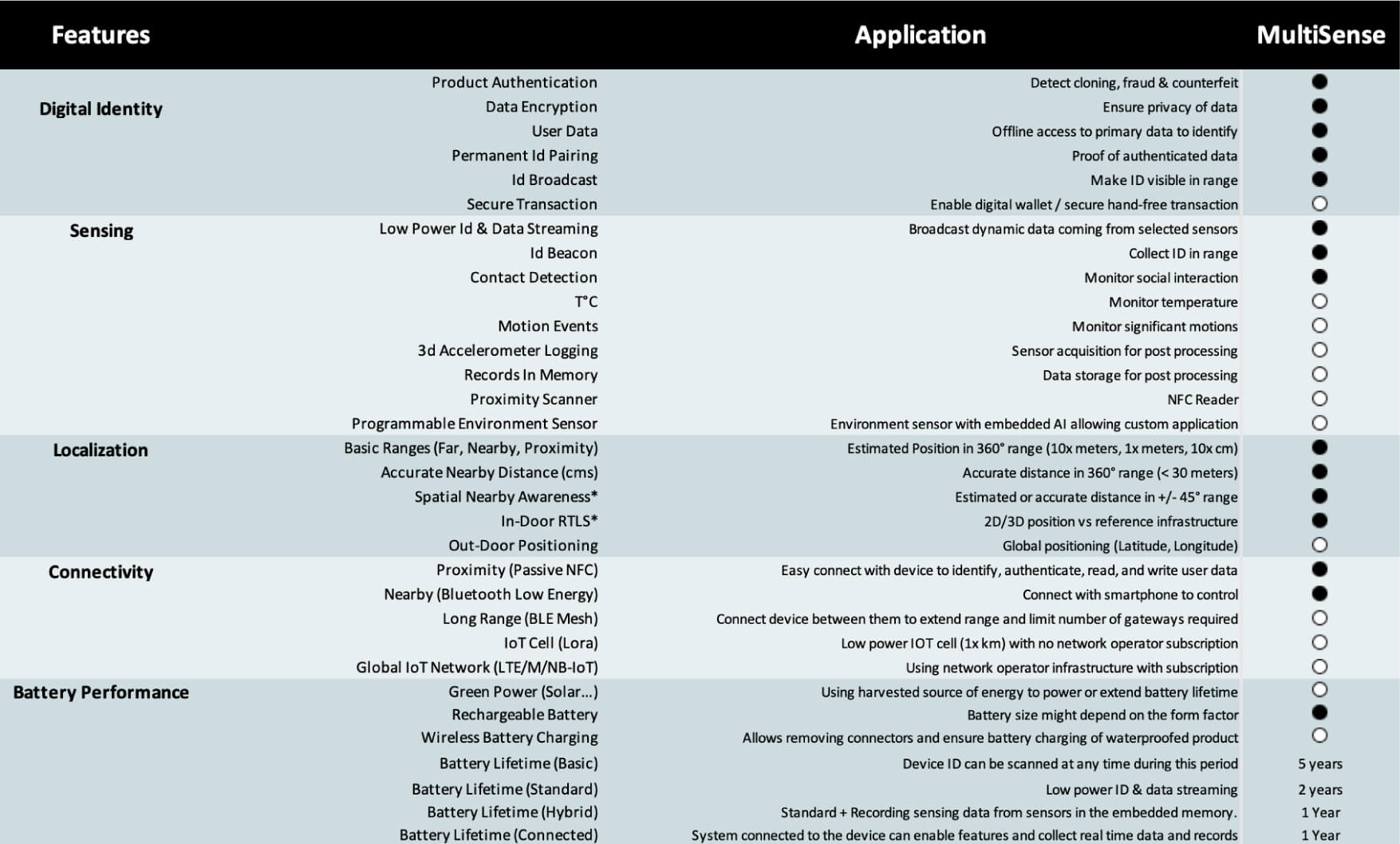Syncrasy Edge
Accelerating solution delivery with:
Customizable Feature Sets
Like an abstraction layer, Syncrasy Feature Sets present the functional capabilities of either single technologies, like “Power Management”, or integrated technologies that create advanced functionality like “Context Awareness”.
By abstracting away the complications of the underlying technologies, new market entrants and innovation teams can focus on leveraging customizable functional capabilities to deliver unique digital solutions.
Utilize integrated technologies for faster development.
Reduce complexity, costs, and time-to-market.
Add security and scalability.
Expand device use case capabilities.
Future-proof your investment.
Explore Syncrasy’s Feature Sets
Powering a New Generation of Digital Possibilities.
Global Unique Digital Identities (GUDIs)
GUDIs are unique identifiers for digital entities, ensuring distinct identification globally. They prevent naming conflicts, facilitate data management, and enable efficient retrieval and tracking across systems.
Key aspects of GUDIs:
GUDI’s also have a wide application range:
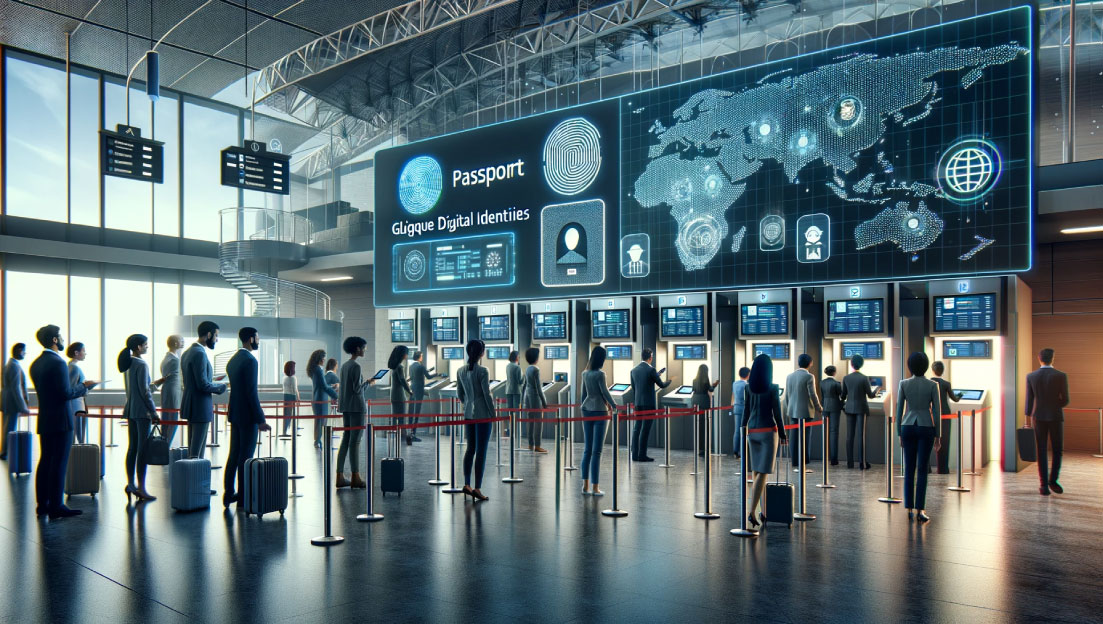
Nearby Positioning Services
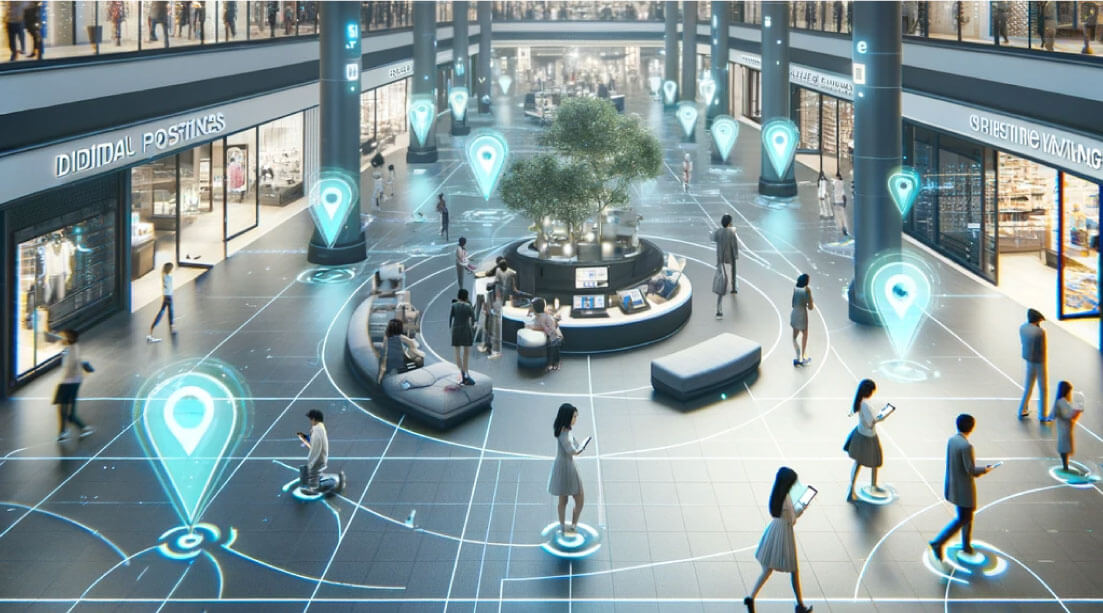
Nearby Positioning Services offer relative positioning for devices in close proximity, ideal for indoor positioning, asset tracking, and location-based marketing.
Nearby Positioning Services provide a more generalized approach to location and is suitable for applications where high precision is not critical, and approximate relative positions are sufficient.
Combining multiple technologies for increased accuracy and robustness, Nearby Positioning Services have a wide range of applications from enhancing user experiences in retail environments to improving safety and efficiency in mining & industrial settings. They can also be integrated with GPS for seamless outdoor-to-indoor navigation transitions.
Real-time Location-based Services
Real-time Location-based Services (RLBS) are technologies that use data from navigation and location tracking systems to provide services relevant to the geographic location of a user or asset. These services can be divided into two primary categories: indoor and outdoor RLBS, each with distinct technologies and applications.
Indoor Real-time Location-based Services
Indoor RLBS are designed to operate within enclosed spaces where GPS signals may be weak or unavailable. These services use various technologies to pinpoint locations:
Indoor RLBS are commonly used in malls, airports, hospitals, and museums for navigation, asset tracking, emergency response, and personalized advertising.

Outdoor Real-time Location-based Services
Outdoor RLBS primarily utilize GPS, which offers global coverage and is effective in open environments. These services can be enhanced with:
Applications of outdoor RLBS include vehicle tracking, navigation, logistics, and location-specific climate monitoring.
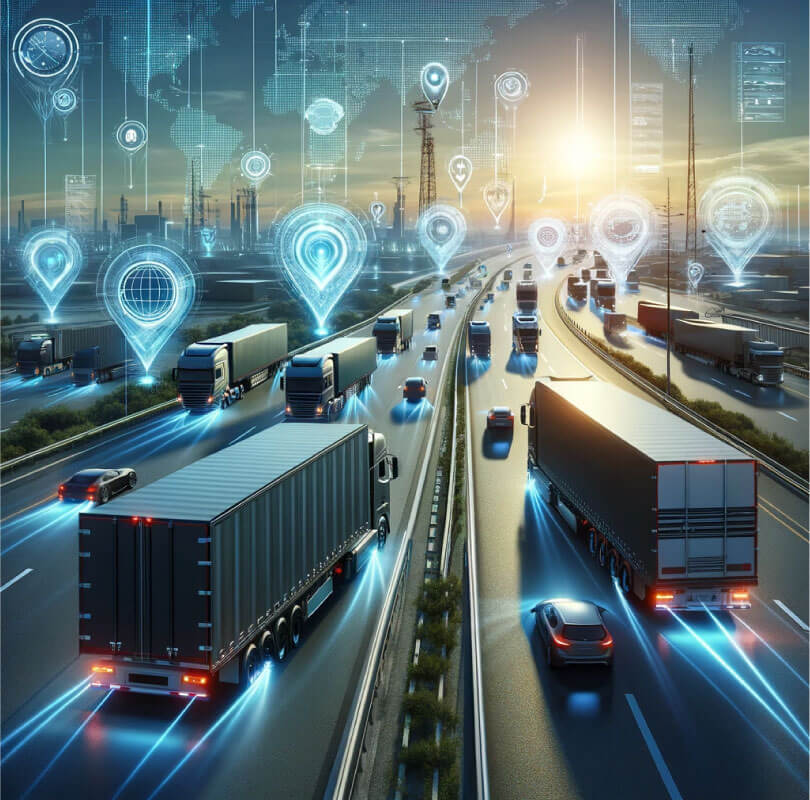
Spatial Awareness for Precise Localization
Spatial Awareness & Precise Localization involves more advanced technologies and sensor fusion algorithms to achieve accurate and absolute positioning of objects in three-dimensional space. This approach is employed in applications where centimeter-level precision and accuracy are essential, such as robotics, precision agriculture, and “Find-My” services.
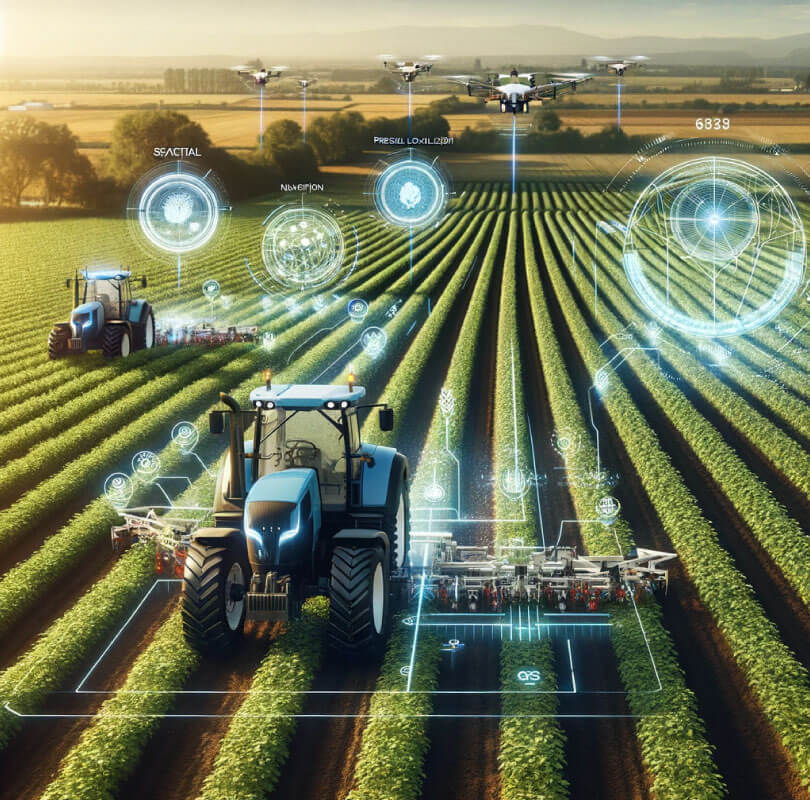
Depending on the use case, devices may be equipped with a variety of technologies, including:
Situational, and Context Awareness
Situation and Context Awareness integrates location-based data, real-time situational information, and contextual factors generated by add-in sensors to provide relevant insights and personalized responses.
Situational awareness focuses on understanding the immediate situation, while context awareness involves a broader understanding of the environment, including factors that may impact or provide additional insights into the situation. Both concepts are vital for making well-informed decisions and providing tailored services in various domains, including technology, safety, and human interactions.
Applications include collision avoidance in mines, construction sites, hospitals, first responder safety, personalized advertising and hospitality services.

Nearby Device Experiences
Nearby Device Experiences provide interactions and functionalities that become possible when devices or applications can detect and communicate with nearby devices or objects.
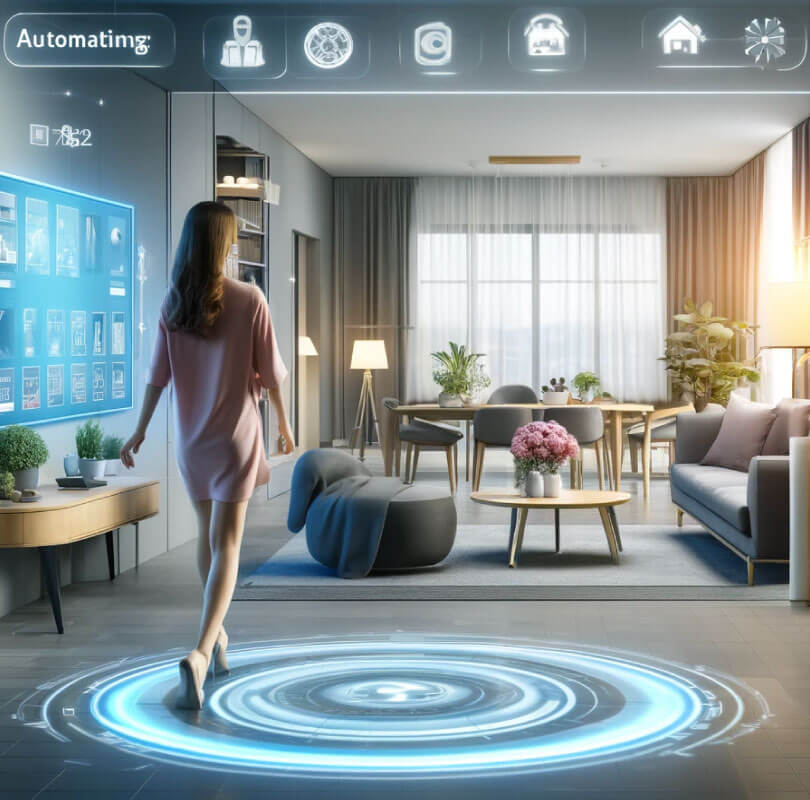
Examples of nearby device experiences include:
Overall, nearby device experiences enhance convenience, efficiency, and interactivity in various aspects of daily life, making it easier for devices and users to seamlessly interact with their surroundings and with each other.
Edge-2-Cloud Security for Device & Data Integrity
Depending on solution requirements and budget constraints, Syncrasy provides a range of security deployment options including:
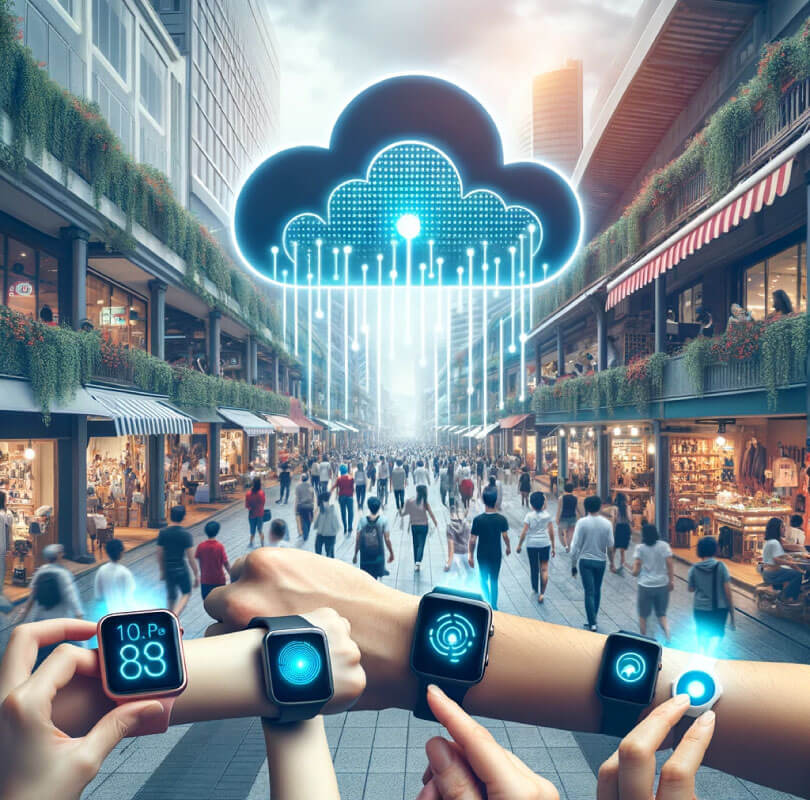
Air Quality Monitoring with IAQ Index Reporting & Alerts with AI Augmented Gas Sensing
Syncrasy offers integrated sensors for economical, location-based air quality monitoring and reporting. AI augmentation detects various gases, enabling diverse use cases like wildfire detection and hazardous environment reporting.
Sensors detect IAQ index constituents, barometric pressure, humidity and temperature; and soon to be available PM2.5 particulate matter concentrations.

The gas sensors are also trainable to detect Volatile Organic Compounds, Volatile Sulfur Compounds and other use case specific gases such as carbon monoxide and hydrogen, opening the door to wider use case deployments including:
Syncrasy’s air quality monitoring technologies are tiny, noiseless, fanless, maintenance-free, cloud connected, and can be solar powered.
Event Driven Power Management
Event-driven Power Management extends IoT device battery life, crucial for remote or inaccessible locations.
By optimizing power consumption and activating device functions only when necessary, event-driven power management helps ensure that IoT devices operate efficiently and maximize their battery life.
Key event-driven power management options for IoT devices include:
By implementing event-driven power management strategies, solution deployments can strike a balance between responsiveness and power efficiency.
For example, an indoor air quality (IAQ) monitor showing high pollution levels might trigger data transfer and an alert only when specific pollution levels are reached.
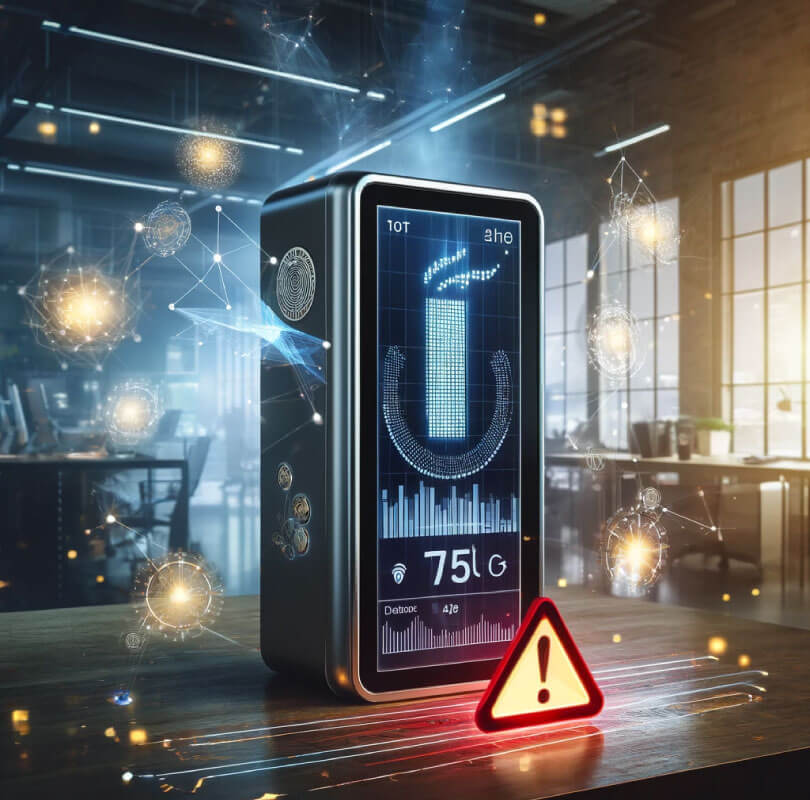
Contactless & Handsfree Applications including MIFARE®
In the quest for seamless, efficient, and secure technology, Syncrasy Feature Sets not only support NFC based contactless access control, payments and MIFARE® transactions, they also look to the future with support for handsfree applications using Ultra-Wideband (UWB) technologies.
UWB is a cutting-edge wireless communication technology that operates across a wide frequency spectrum. Known for its high accuracy and low power consumption, UWB enables precise location tracking and data transmission, making it ideal for advanced contactless applications.
Applications include:
1. Access Control:
2. Public Transportation:
3. Retail and Payment Systems:
Advantages of UWB-Powered Handsfree Applications
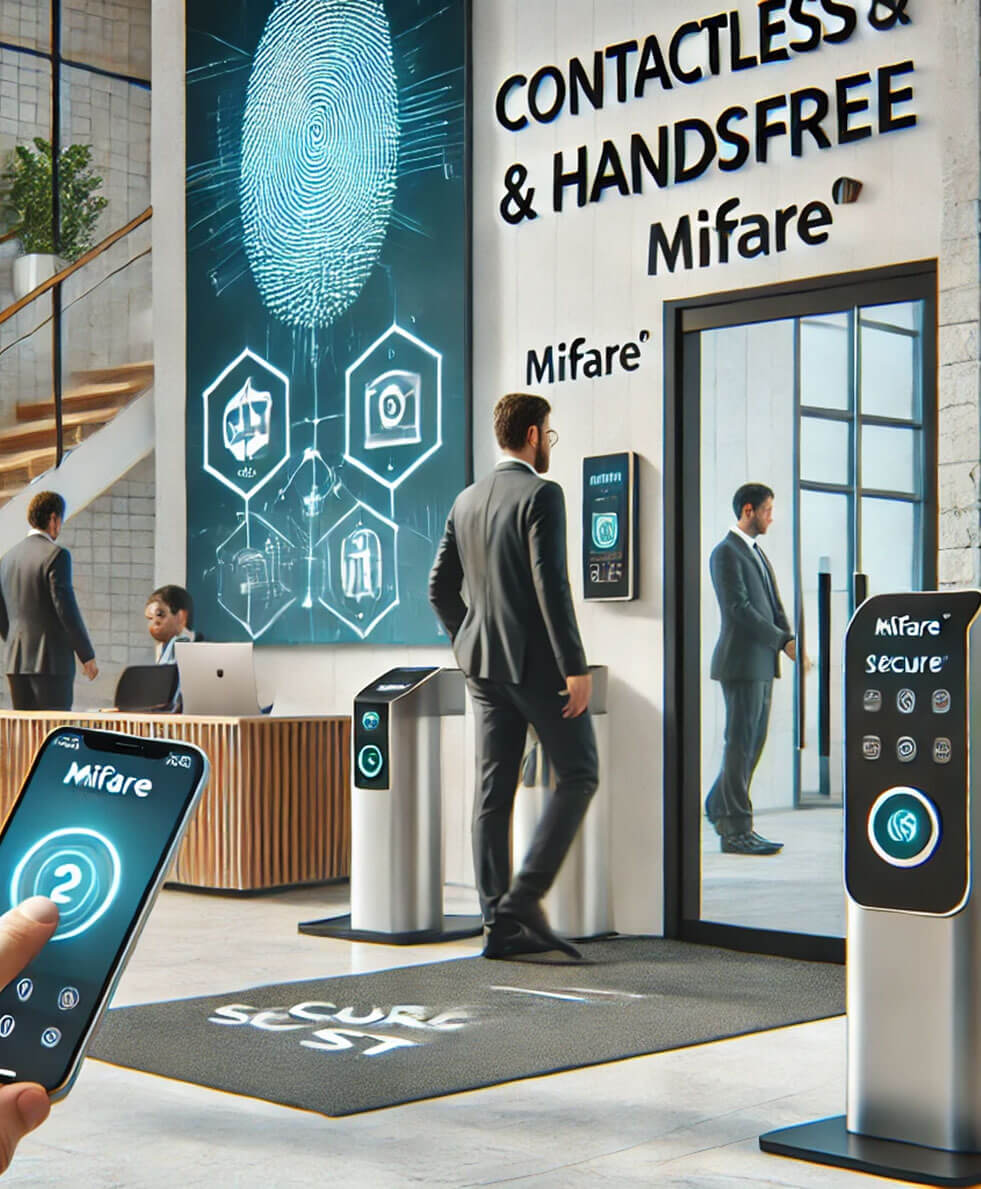
Pluggable Sensors for Customized Solutions
Pluggable sensor architecture accommodates external sensor add-ons for most use cases, with no or minimal modifications required to manage the different data types and volumes, cost-effectively broadening device functionality and marketability.
Add-on sensors include detection of:
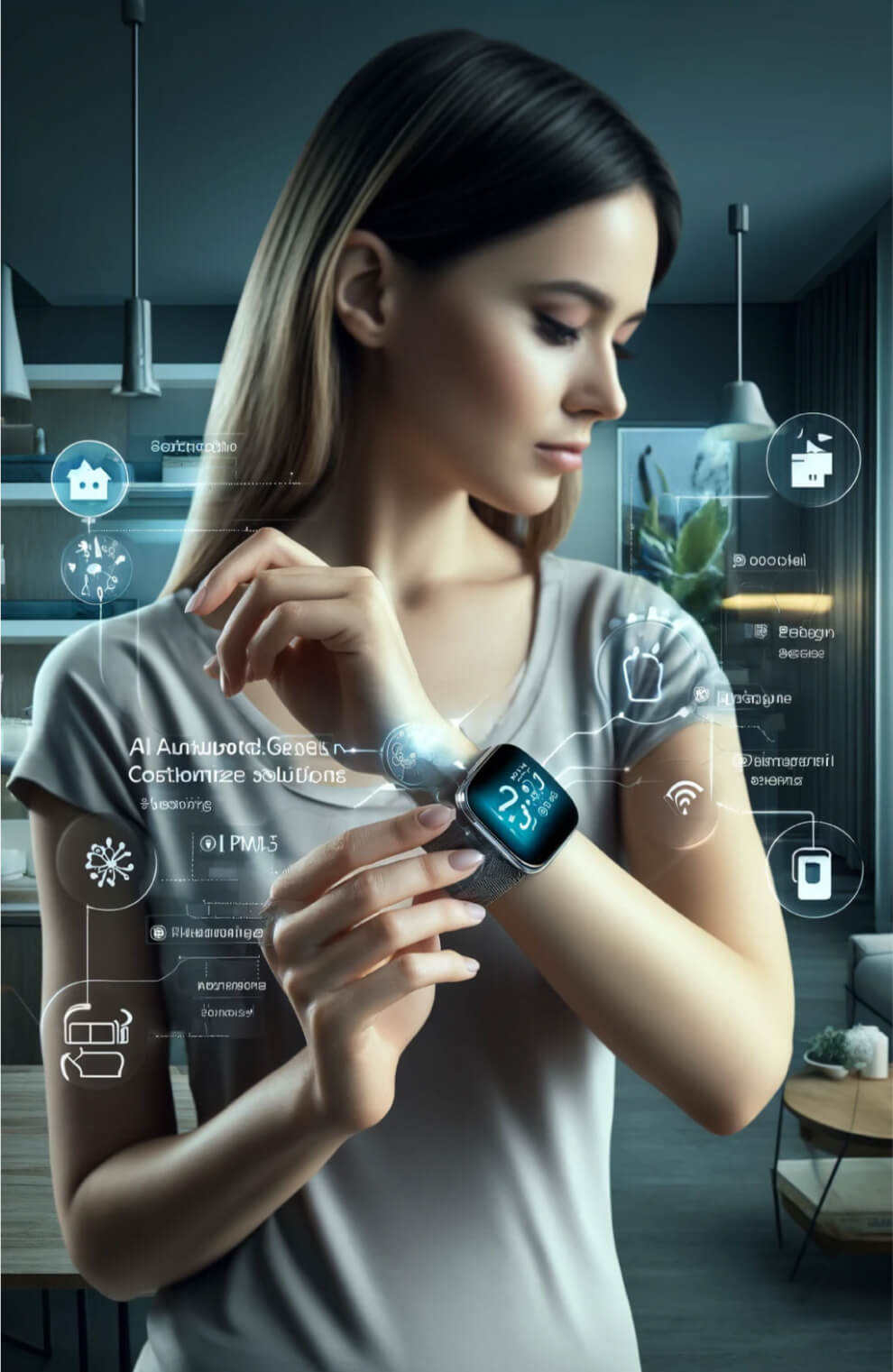
MultiSense Edge Software
Underpinning Syncrasy’s Acceleration Feature Sets.
Lifting the intelligence layer above the hardware layer
To accelerate delivery, Syncrasy provides edge software development services that leverages an API driven software layer of pre-integrated proven and evolutionary technologies that power the digital services delivered by Android & iOS Mobiles, connected machines, wearables, robots and IoT devices.
NFC (Near Field Communication) is a technology that enables simple and safe two-way interactions between electronic devices, allowing users to exchange data with a touch. The benefits of NFC include:
These features make NFC a convenient and secure option for contactless communication between devices over short distances.
Bluetooth Low Energy (BLE) 5 is an advanced version of the Bluetooth protocol that offers several enhancements over its predecessors.
BLE 5's enhancements make it an excellent choice for a wide range of applications, including IoT devices, beacons, and wearable technology.
Ultra-Wideband (UWB) is a wireless communication protocol that uses low energy levels for short-range, high-bandwidth communications over a large portion of the radio spectrum.
UWB technology is particularly advantageous for real-time location systems, secure communications, and applications requiring precise indoor positioning.
LoRa (Long Range) is a low-power wireless communication technology that is widely used for the Internet of Things (IoT) devices.
LoRa technology is particularly beneficial for smart cities, agricultural monitoring, and any application where devices need to send small amounts of data over long distances without needing a recharge for a long time.
Simultaneous Multi-Regional LTE-M / NB-IoT with concurrent GNSS offers enhanced connectivity and positioning capabilities for IoT devices.
These features make simultaneous Multi-Regional LTE-M / NB-IoT with concurrent GNSS a robust solution for modern IoT ecosystems, enhancing operational efficiency and global scalability.
NXP's embedded Secure Element (eSE) is a dedicated microprocessor designed to safeguard personal data and ensure secure transactions.
NXP's eSE provides a secure foundation for a multitude of applications, including mobile payments, identification, and connected devices, contributing to the trust and integrity of digital interactions.
Advanced multifactor power management systems that integrate cell, solar, and wireless charging technologies offer a comprehensive approach to energy sustainability and efficiency.
Advanced multifactor power management systems represent a step towards smarter, more autonomous, and sustainable energy solutions for electronic devices.
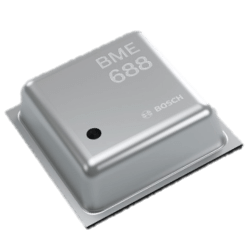
Environmental sensing with Artificial Intelligence. Syncrasy integrates the Bosch BME688, the first gas sensor with Artificial Intelligence (AI) and integrated high-linearity and high-accuracy pressure, humidity and temperature sensors. It is housed in a robust yet compact 3.0 x 3.0 x 0.9 mm³ package and especially developed for mobile & connected applications where size and low power consumption are critical requirements. The gas sensor can detect Volatile Organic Compounds (VOCs), volatile sulfur compounds (VSCs) and other gases such as carbon monoxide and hydrogen in the part per billion (ppb) range.
In addition to providing real-time indoor and outdoor air quality data by location when used in association with Syncrasy’s location sensing technology, use case deployments can include supply chain spoiled food detection, first responder protection and early wild-fire detection.
Multiple Adaptors accommodate external sensor add-ins for most use cases, with no or minimal modifications required to manage the different data types and volumes. Connected external sensors communicating via UWB, BLE, or NFC also inherit Syncrasy’s Chip to Cloud enhanced security.
Occupancy
Motion
Humidity
Audio Output
Light Color
Light Level
Proximity
Temperature
Future-ready Edge Technology
MultiSense Edge, API driven software customization layer, eradicates the need for all core services firmware development and allows solution developers to focus on building their own unique IP around their specific business offering on top of MultiSense Feature Sets.
Syncrasy’s Edge Hardware engineering team work closely with our Edge Software team to balance design trade-offs between device size and shape constraints, optional security implementations, power management, data transit frequencies and costs, to create optimal device solutions for each use case.
To accelerate use case development, our engineering teams have pre-integrated those technologies that are common across specific classes of use cases, creating pretested Printed Circuit Board (PCB) Reference Designs that optimize cost and adaptability.
Syncrasy’s PCB reference designs provide a valuable resource that reduces development times, minimizes errors, improves efficiency and reliability, speed time to market and reduces the costs of developing new digital products and services.
MultiSense Edge Hardware Reference Designs
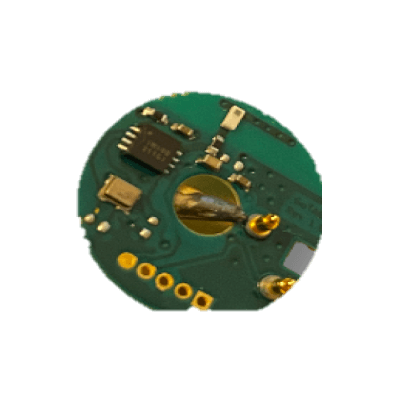
Syncrasy NanoSense
Authenticate & Identify
*Click Image To View Full Size
Functional Overview
NanoSense, available in different form factors to comply with constraint of use cases, enables Very Low Cost, Nearby Secure Authentication, and Identification by Contact Solutions.
Uploaded user data can be personalized, leading to many possible applications in conjunction with any smartphone, and the premium security level ensures secure authentication protecting data accessibility by proximity scanning.
Add-in sensor data can be streamed within the identification message, and because of its low energy usage for broadcasting identification messages, NanoSense PCBs have a long battery life that can also be enhanced with energy harvesting solutions such as solar.
Application Examples
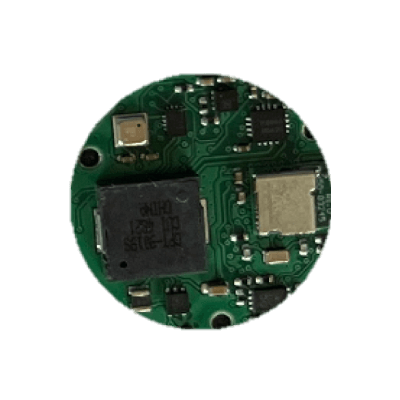
Syncrasy IdSense
Authenticate, Identify Sense, Monitor, Record & Locate Indoors
*Click Image To View Full Size
Functional Overview
IdSense inherits all the Nearby Secure Authentication and Identification by Contact capabilities of the NanoSense PCB, and adds additional functionality including:
Application Examples
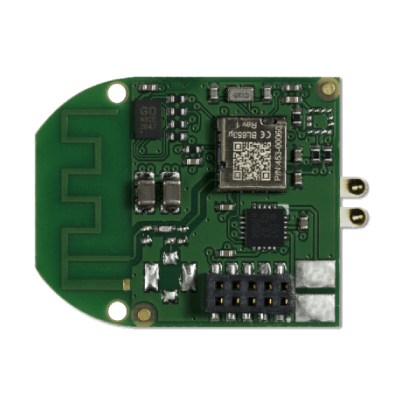
Syncrasy GeoSense
Authenticate, Identify Sense, Monitor, Record, Locate Indoors & Outdoors
*Click Image To View Full Size
Functional Overview
GeoSense inherits all the Authenticate, Identify, Sense, Monitor & Record capabilities of the IdSense PCB, and adds additional functionality including:
Application Examples
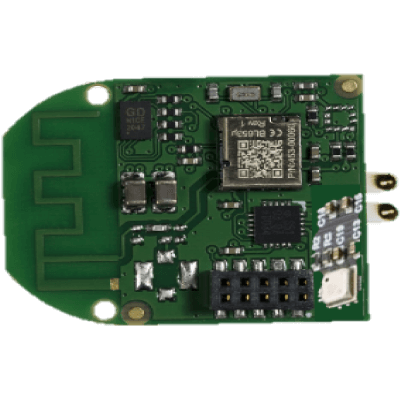
Syncrasy AirSense
Authenticate, Identify Sense, Monitor, Record, Locate Indoors, Outdoors, Plus IAQ & VoC + VCC AI Augmented Gas Sensing
*Click Image To View Full Size
Functional Overview
AirSense inherits all the functional capabilities of the GeoSense PCB, and adds additional functionality including:
Syncrasy’s air quality monitoring technologies are tiny, noiseless, fanless, maintenance-free, cloud connected, and can be solar powered.
Application Examples
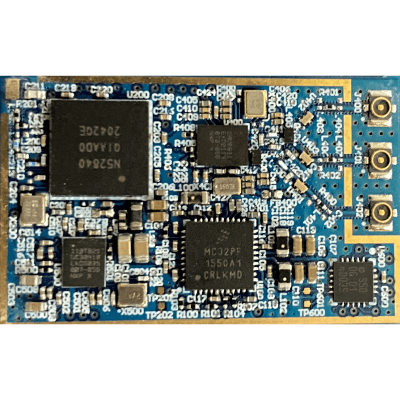
Syncrasy MultiSense
Authenticate, Identify Sense, Monitor, Record, Locate Indoors & Outdoors Plus Accurate. Real-time Localization
*Click Image To View Full Size
Functional Overview
MultiSense adds premium features to the GeoSense capabilities including:
Application Examples
In addition to the GeoSense Sense Use Cases, the following applications leverage MultiSense unique capabilities, including high accuracy, low interference, and secure data transmission.applications include:
Future-ready Devices
Whether you’re creating the next big consumer device, pet safe services or industrial grade advanced solutions, Syncrasy’s engineering services will help you fast-track the design, testing, manufacture and implementation of the selected electronics and enclosure form factors.
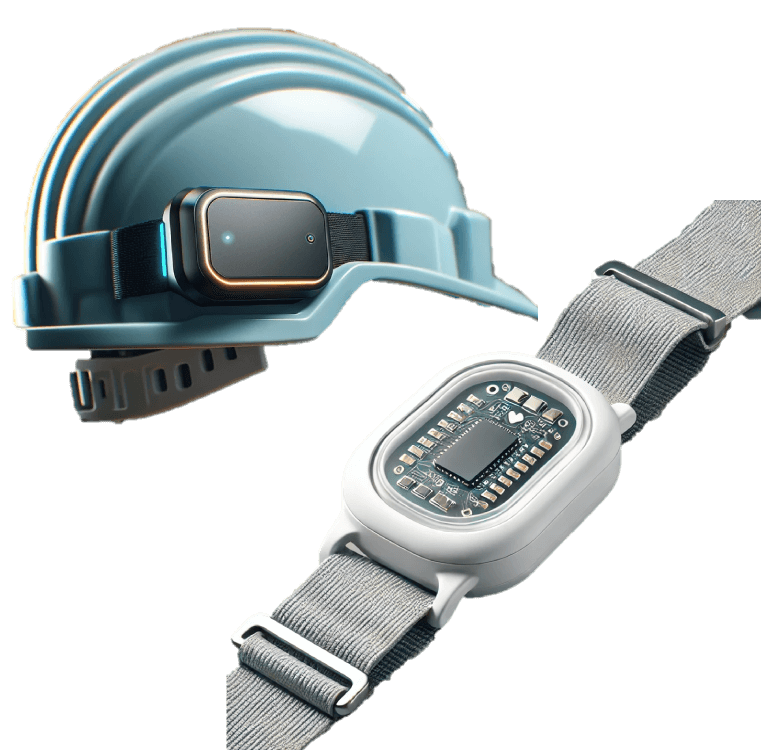
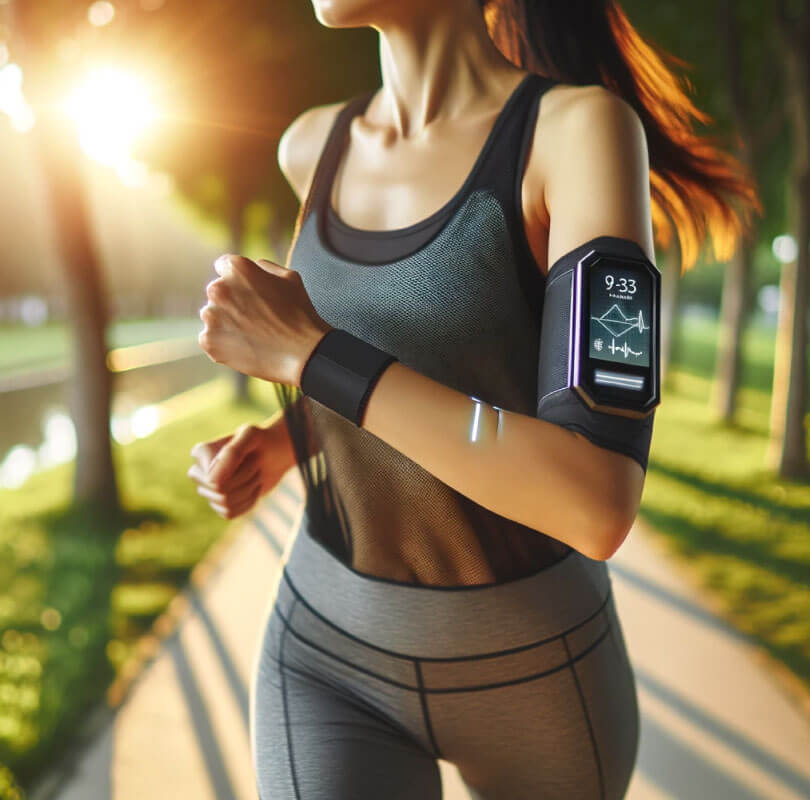
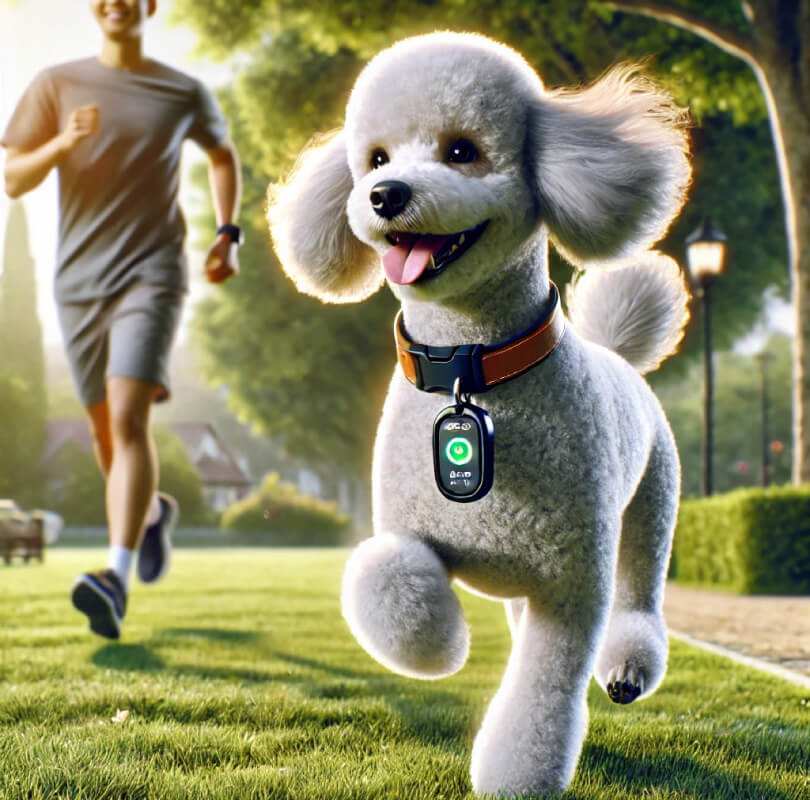
Syncrasy Edge Data Aggregation
Built using MultiSense Technologies, Syncrasy’s Anchors serve as communication hubs for Edge devices:
In essence, Syncrasy MultiSense wireless anchors enable efficient data collection, accurate positioning, seamless connectivity, real-time communication, enhanced security, and effective power management for IoT networks.
Edge Data Processing
Real-time, local processing for faster, more efficient, and secure data management.
Powered by NVIDIA
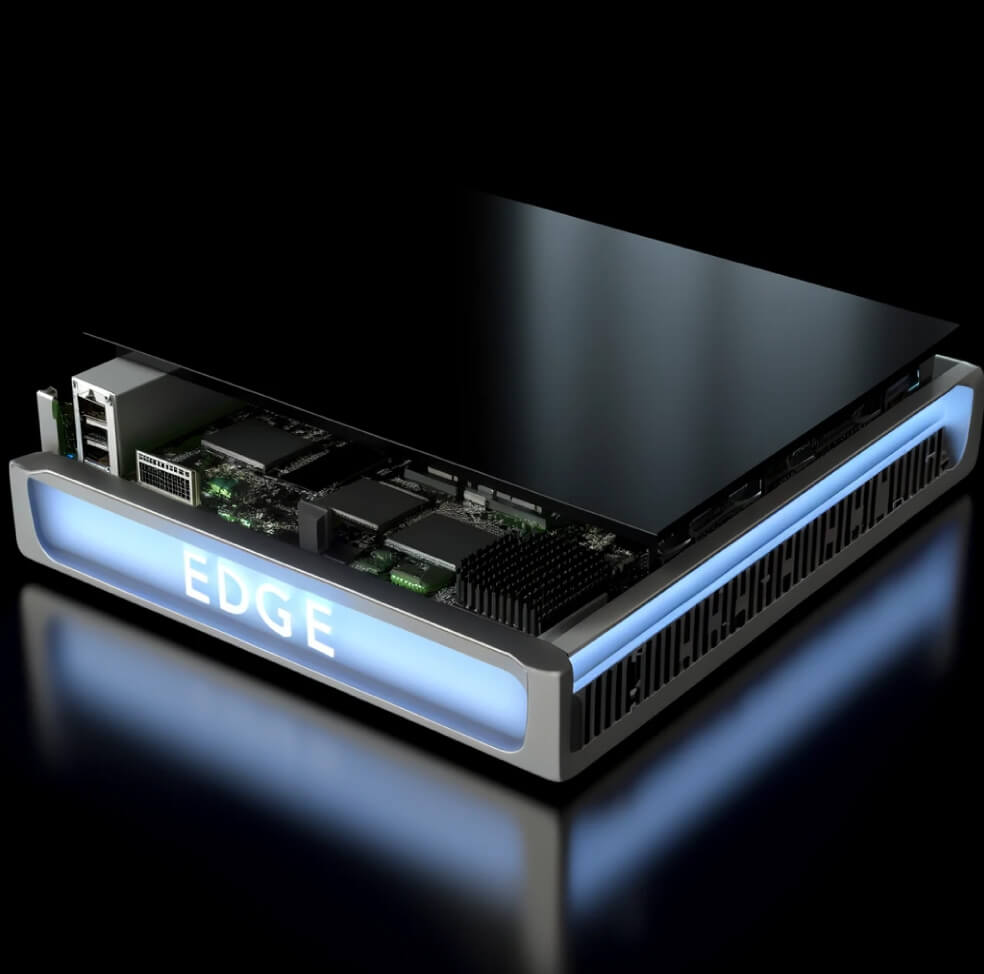
Edge Artificial Intelligence (AI)
Building a Quicker, More Intelligent, Interconnected World.
Localized, Real-time Intelligence
Generating Opportunities for New and Improved Digital Products & Services

Review the Endless Possibilities & Limitless Opportunities
And turn great your ideas into unique, brandable and value generating products and services.
Syncrasy’s Digital
Acceleration Services
Underpinned by our Acceleration Framework, 360-degree digital skills and 20 years of successful innovation building, we bring fresh ideas, expertise and the technologies needed to solve your digital challenges, deliver early value and set a foundation for a digital future.
TELL US MORE
Someone will reach out to you to answer all your questions.

